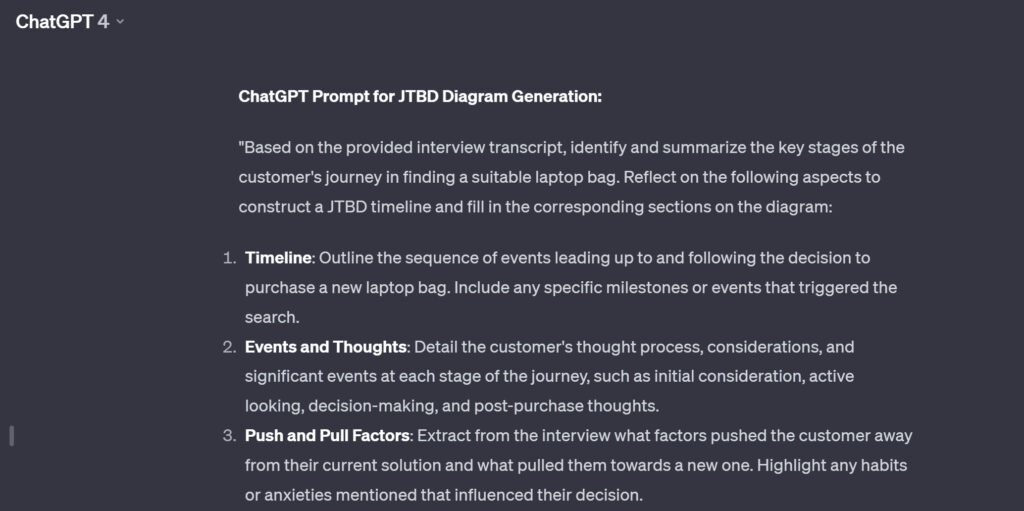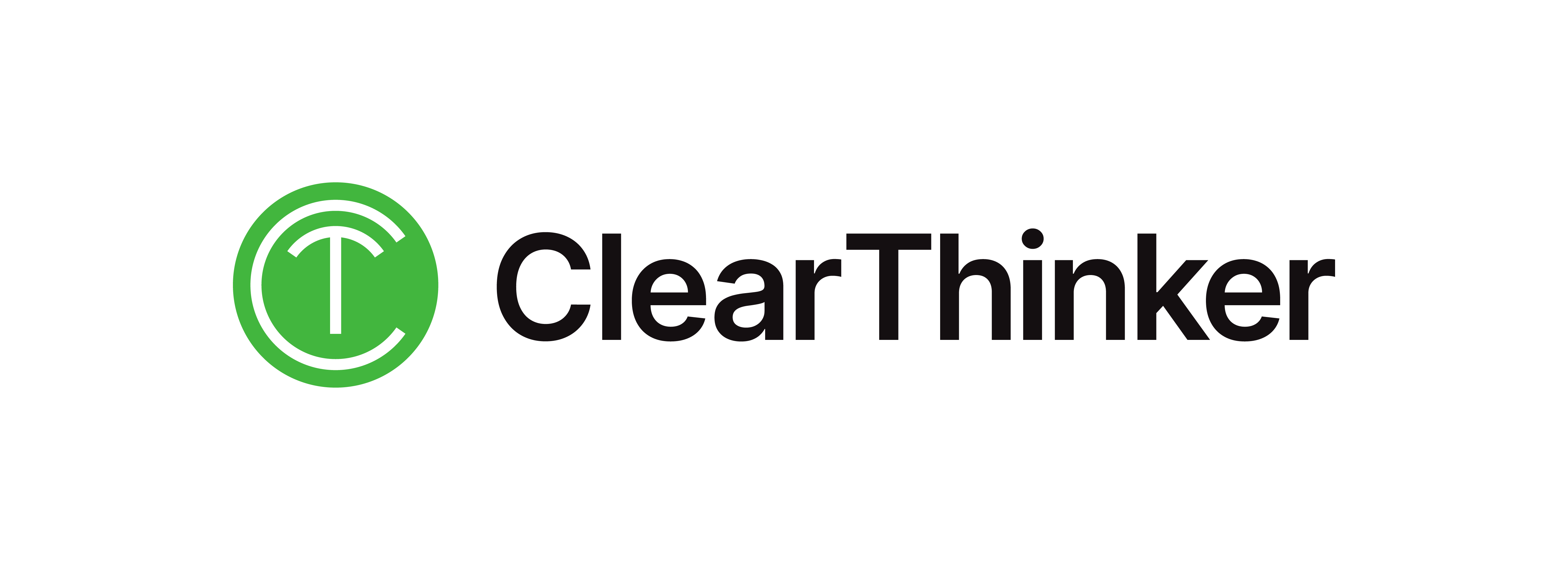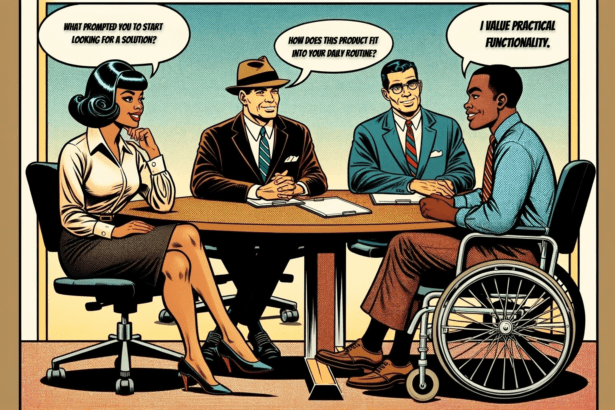
Creating a Jobs To Be Done (JTBD) diagram in real-time during an interview can be disruptive, often detracting from the interview’s natural flow. Ideally, having two interviewers, one to focus on the diagram and the other on guiding the conversation, is effective. However, if you’re flying solo, a practical approach is to jot down notes during the interview, capturing essential phases and events, and then constructing the diagram post-interview.
ChatGPT emerges as a powerful tool here. It efficiently summarizes the conversation and extracts crucial details from the interview transcript or recording. This accelerates the process of both summarizing the interview and finalizing the diagram.
Now, let’s look at a prompt that I’ve found particularly effective for this task:
The Prompt
Based on the provided interview transcript, identify and summarize the key stages of the customer’s journey in finding a suitable laptop bag. Reflect on the following aspects to construct a JTBD timeline and fill in the corresponding sections on the diagram:
1. Timeline: Outline the sequence of events leading up to and following the decision to purchase a new laptop bag. Include any specific milestones or events that triggered the search.
2. Events and Thoughts: Detail the customer’s thought process, considerations, and significant events at each stage of the journey, such as initial consideration, active looking, decision-making, and post-purchase thoughts.
3. Push and Pull Factors: Extract from the interview what factors pushed the customer away from their current solution and what pulled them towards a new one. Highlight any habits or anxieties mentioned that influenced their decision.
4. Pain Points and Needs: Summarize the customer’s expressed needs, desires, and frustrations regarding their laptop bag, including any specific features they were looking for or issues with previous bags.
5. Alternatives and Trade-offs: Discuss any alternatives the customer considered and the trade-offs they evaluated when making their choice. Note any comparisons made with other products and why they were rejected or accepted.
6. Keywords: List any keywords or phrases frequently mentioned that are associated with the customer’s search for a solution.
7. Decision Factors: Capture the criteria the customer used for making their purchase decision, including any ‘hiring’ and ‘firing’ criteria for the products considered.
8. Outcome and Satisfaction: Describe the final purchase decision, any subsequent purchases, and the customer’s satisfaction with the outcome. Mention any reflections on the shopping experience or the product’s performance.
Compile this information into a narrative that adheres to the JTBD framework, ensuring each aspect is clearly defined and organized as per the diagram structure. Emphasize the customer’s journey through the lens of the JTBD theory, focusing on the job the customer is hiring the product to do.
Sample Output
Here is a sample of what the prompt produces:
Based on the interview transcript with Sarah about her journey in finding a suitable laptop bag, I’ll summarize the key stages following the Jobs-to-be-Done (JTBD) framework.
Timeline
- Initial Push: Sarah faces the challenge of packing for a three-week trip, realizing her current bag is inadequate.
- Active Search: She begins looking for a laptop bag that doubles as a purse for evening social functions, driven by the need for convenience and space-saving during her trip.
- Decision-Making: Sarah’s selection process involves considering various bags, focusing on features like the ability to protect her laptop, fashion aspects, and practicality.
- Post-Purchase Reflection: After purchase, Sarah evaluates her choice, addressing any initial reservations about the bag’s color and functionality.
Events and Thoughts
- Need for a New Bag: Triggered by the upcoming trip and her career advancement.
- Features Considered: Protection for the laptop, fashion, practicality, and storage capabilities.
- Anxieties: Concerns about color preference (pink vs. green), size, and lack of padding.
Push and Pull Factors
- Push: Inadequacy of the current bag for the upcoming trip and career advancement.
- Pull: Desire for a bag that is both functional and fashionable, fitting her professional and social needs.
Pain Points and Needs
- Pain Points: Size, lack of padding, color preference, and dual functionality as a laptop bag and purse.
- Needs: A bag that is secure, stylish, practical, and space-efficient.
Alternatives and Trade-offs
- Alternatives: Various bags with different features.
- Trade-offs: Choosing a pink color despite initial dislike, accepting the lack of padding, and size considerations.
Keywords
- Laptop bag
- travel
- packing
- fashion
- practicality
- space-saving
- career advancement
- protection
- pink
- green
- padding
Decision Factors
- Hiring Criteria: Functionality, fashion, and practicality.
- Firing Criteria: Lack of space, impractical design, and unappealing aesthetics.
Outcome and Satisfaction
- Final Decision: Purchased a pink laptop bag despite initial color preference for green.
- Satisfaction: Mixed; compromises made on color and padding, but overall functional and suitable for her needs.
Summary
This JTBD analysis reveals Sarah’s journey in hiring a laptop bag that not only meets her functional needs but also aligns with her professional and social image, highlighting the interplay of practical needs and personal preferences in her decision-making process.

